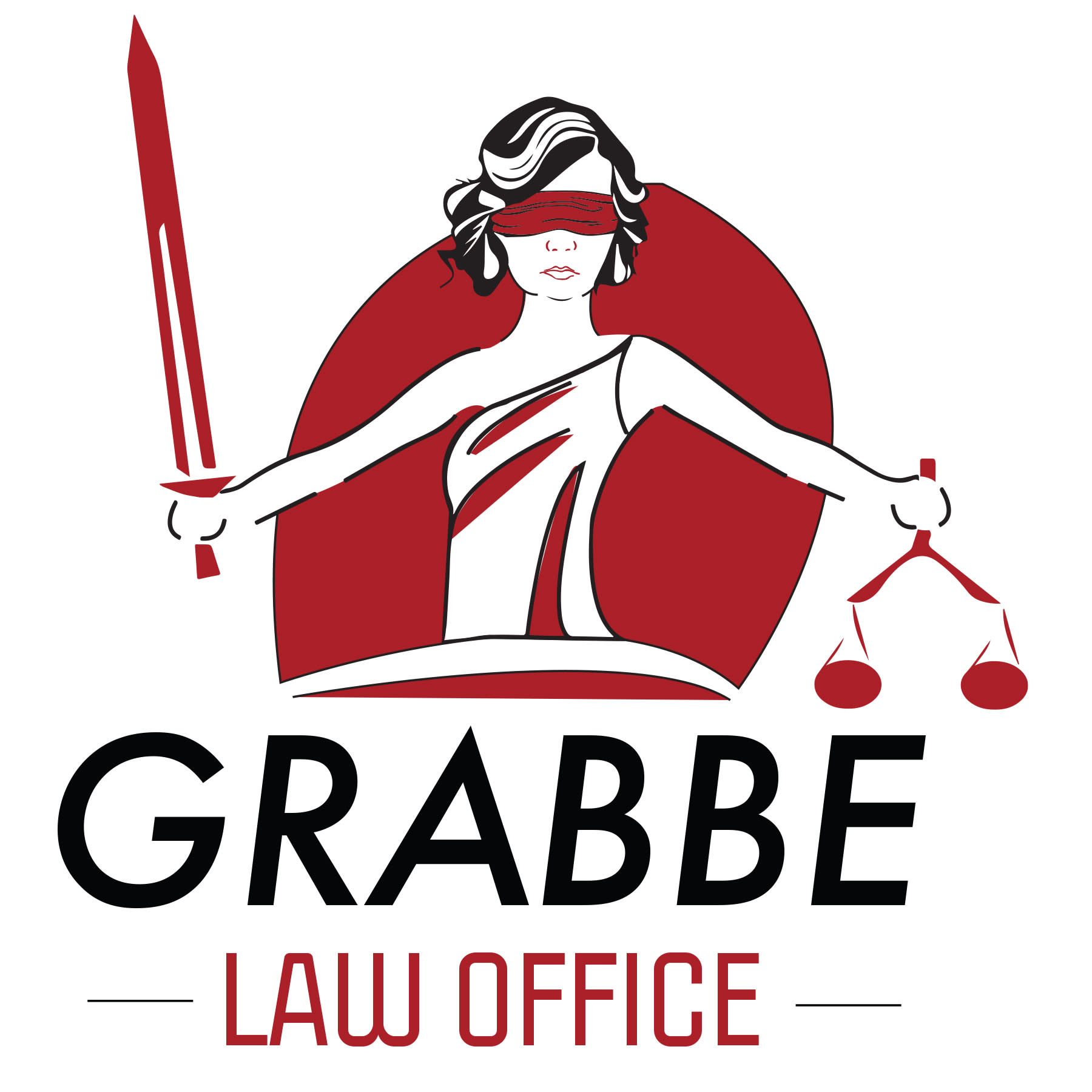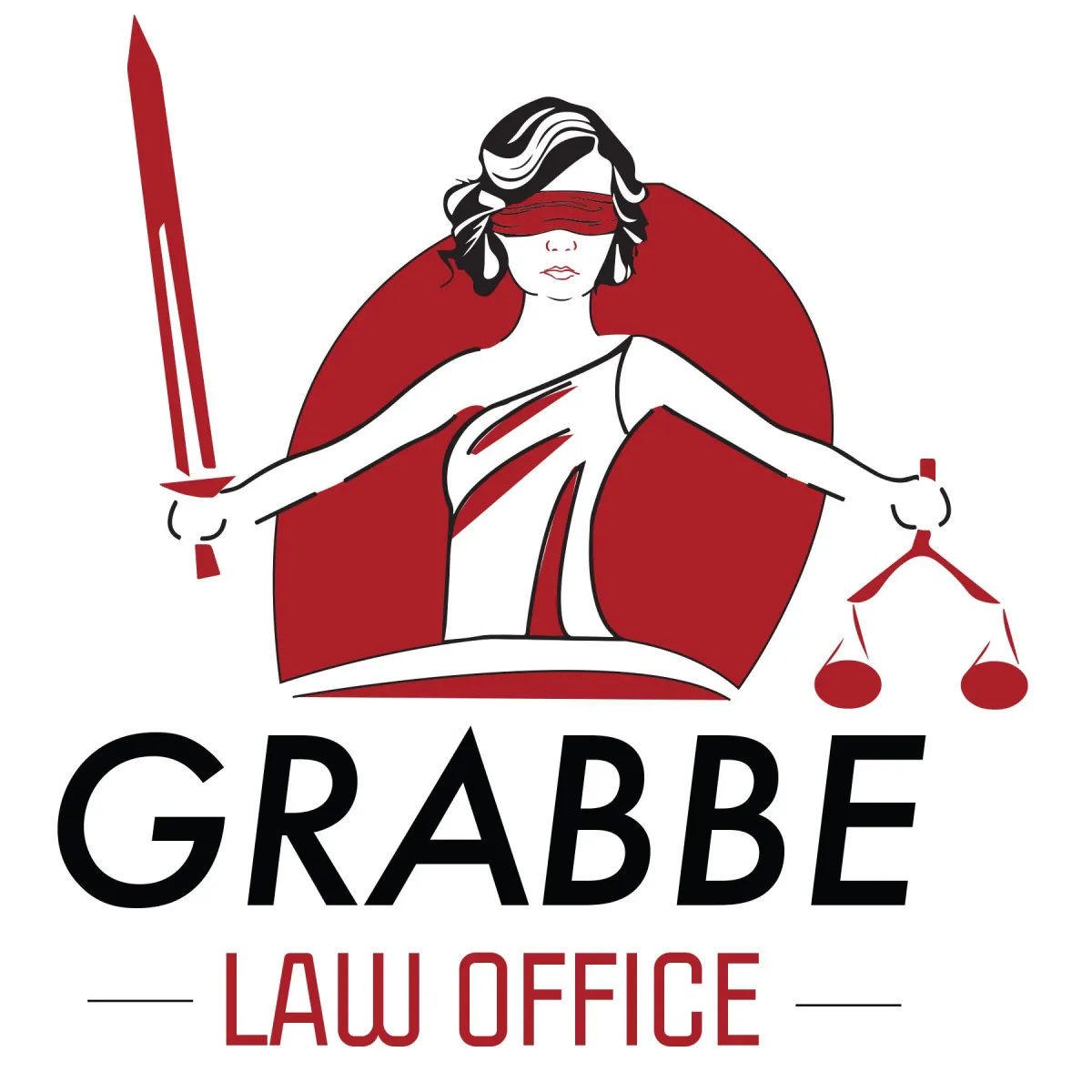Welcome to the Blog!

R Circle Logo - What Does It Mean?
Many of the products available in supermarkets and big box stores have one of three intellectual property symbols on their labels: the trademark symbol (™), an R-circle logo (®), or a C-circle logo (©). Each of these symbols corresponds to a different form of intellectual property rights. If you are a business owner looking to protect your branding, you may be wondering how these symbols work and which one you should use for your products. The dedicated Kansas intellectual property lawyers at Grabbe Law Office help clients understand different types of intellectual property rights, and guide business owners through the legal processes of registering their intellectual property to obtain the fullest extent of legal protections. Learn more about protecting your brand by contacting the office today to schedule a free consultation.
What Does the R in a Circle Mean?
The R-circle logo is also known as the registered symbol, as it is used to identify registered trademarks. The symbol signifies that the company’s brand name or logo is legally registered with and protected by the United States Patent and Trademark Office (USPTO). Legal protections on registered trademarks are good for ten years after registration, with additional filings required between the fifth and sixth years from initial registration, and may be renewed. Any business or individual who uses the company’s registered logo, name, or symbol without approval may be sued for trademark infringement.
The ® logo is strictly reserved for officially registered and approved trademarks. Individuals or businesses that use the R-circle symbol without registration could face fraud charges under United States statute 15 U.S.C. § 1111. Under this law, also known as the Trademark Act of 1946, businesses and individuals could show that their branding was registered with the USPTO by writing “Registered in U.S. Patent and Trademark Office,” “Reg. U.S. Pat & ™. Off.,” or the R-circle. Since the R-circle has a much simpler and cleaner appearance, the vast majority of businesses have chosen this option in the years since the Trademark Act was passed.
What Is the Difference Between the R Circle and ™ Logos?
The main difference between the ™ and R-circle symbols is that companies are permitted to use the ™ without first having their trademark officially registered with the USPTO. The ™ symbol may be used before and during the registration process to show that the business considers a specific logo, design, word, or phrase to be their intellectual property and representative of their branding. This lets other businesses and individuals know that the business using the mark considers the sign a trademark and that they are claiming intellectual property rights, even if the mark has not yet been officially registered with the USPTO.
The ™ symbol does not offer the same legal protections as the R-circle symbol. However, it can be used to deter infringement by other businesses and individuals. The symbol can also help boost brand recognition. If you have questions about using the ™ symbol or the R circle logo on your company’s branding, you may be able to learn more by contacting the experienced Kansas intellectual property lawyers at Grabbe Law Office.
What Does the C in a Circle Mean?
The C-circle logo is a copyright notice used to denote copyright protection for creative works like the written word, visual artworks, music, and videos. These symbols are commonly found on packaged products, books, websites, and other items that may require intellectual property protection. This symbol lets others know the work is under copyright and that the rights to reproduction, distribution, and other use are controlled by the copyright holder.
The copyright symbol is not legally necessary to protect a work, as the rights themselves are inherent in the work after creation. However, using it is a good practice, as it can be used to counter claims of innocent infringement (when an infringer argues that they were unaware that the work was copyrighted).
How Can I Register a Trademark?
To register a trademark, the individual or entity using the mark must file a trademark application with the USPTO. The registration process involves the following steps, according to the United States Patent and Trademark Office:
Application
Initiating the trademark registration process requires submitting a completed trademark application form, along with the requisite fees. Application forms can be obtained either directly from the office or through online portals. Along with the application, the applicant should submit a representation of the mark alongside a detailed list delineating the goods and services that use the trademark.
USPTO Examination
Assuming that the application materials are considered complete in the initial intake process, the USPTO will assign a serial number to the application and forward the total packet to an intellectual property attorney, who will be assigned to examine the application in order to identify any potential issues. This process can take several months.
The attorney assigned to examine the application meticulously assesses the application to ensure compliance with applicable laws and regulations, along with the payment of all mandatory fees. A comprehensive review is conducted, including a comprehensive search to identify any already-registered marks that might conflict with a new registration, and a thorough examination of all components of the submitted application and its accompanying documentation, including the representation of the mark and any provided specimen. During this stage of the process, the attorney responsible for processing the application may file an office action requiring a response from the applicant.
Publication
If the attorney reviewing the application has no objections after an exhaustive examination, or if the office actions and the applicant’s responses are deemed satisfactory, the mark is approved to be published in the “Official Gazette.” The “Official Gazette” is a publication the USPTO puts out on a weekly basis, providing an updated list of newly pending trademark registrations. After the mark’s publication, any party that believes its own intellectual property rights may be infringed by the registration has a window of 30 days in which to file an opposition or request an extension to oppose.
Opposition proceedings occur before the Trademark Trial and Appeal Board (TTAB), an administrative tribunal within the USPTO. If no third party files an opposition in response to the publication, or if any filed opposition fails, the application moves to the next registration stage. The period from notice of publication to notice of the next application status typically takes about three to four months.
Statement of Use (SOU)
If a mark is filed based on use in commerce or foreign registration and faces no opposition, the USPTO will register it and issue a certificate to the owner. After registration, maintaining the trademark requires filing specific documents.
For trademarks filed based on the applicant’s intent to use the mark in commerce, the USPTO issues a notice of allowance, usually within a couple of months after the mark has been published. The applicant must then either use the mark and submit appropriate documentation demonstrating this use within six months, or within the same time period request an extension of a further six months to enter the mark into actual use in commerce.
Maintaining Registration
Around two months after SOU approval, the USPTO issues a registration. To maintain their registration status, registrants must file specific documents. Otherwise, the trademark could expire or be canceled. If registration lapses, the owner will need to file a new application with no guarantee of approval, regardless of prior registration.
Even after registration, annual monitoring of registration status via the Trademark Status and Document Retrieval (TSDR) system is crucial, especially after mandatory filings between the fifth and sixth years, and between the ninth and tenth years after the registration date.
Contact a Kansas Intellectual Property Lawyer
Do you have questions about obtaining trademark registration and an R-circle logo for your business? The team of experienced Kansas intellectual property lawyers at Grabbe Law Office may be able to provide answers. Contact the firm today to learn more about trademark registration and other intellectual property matters.








